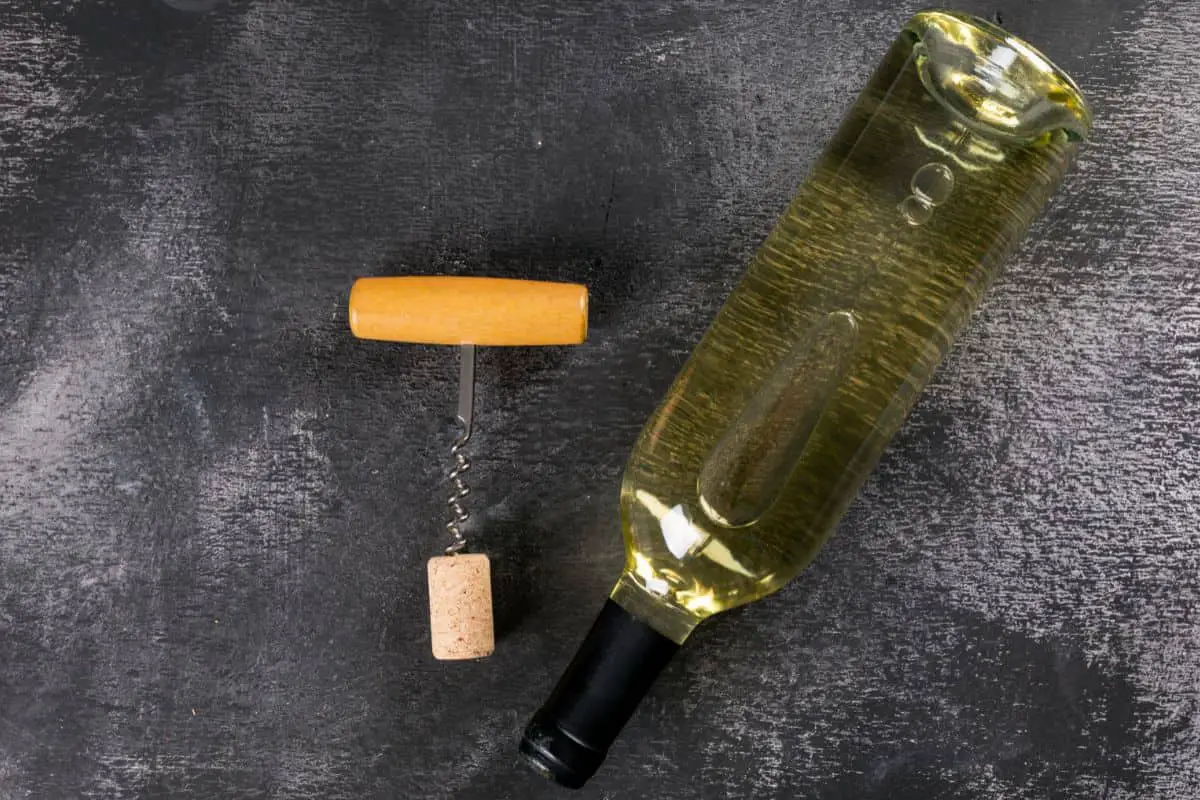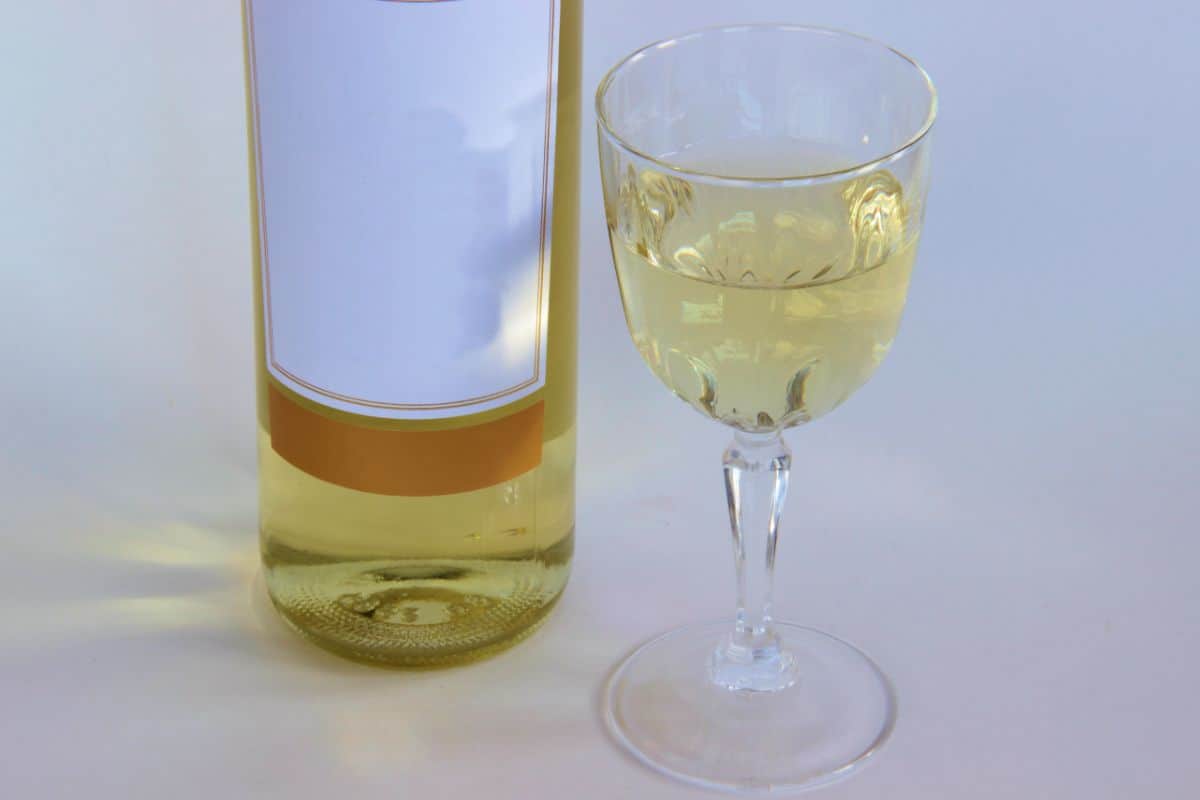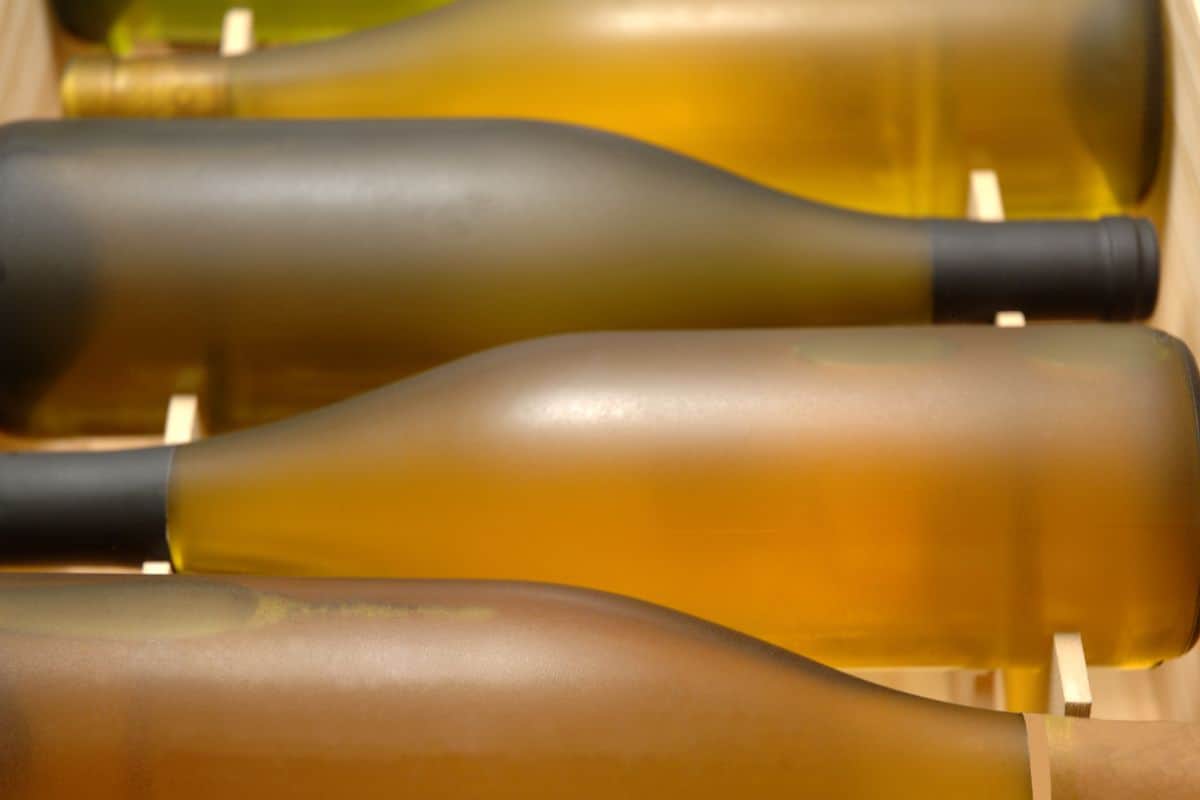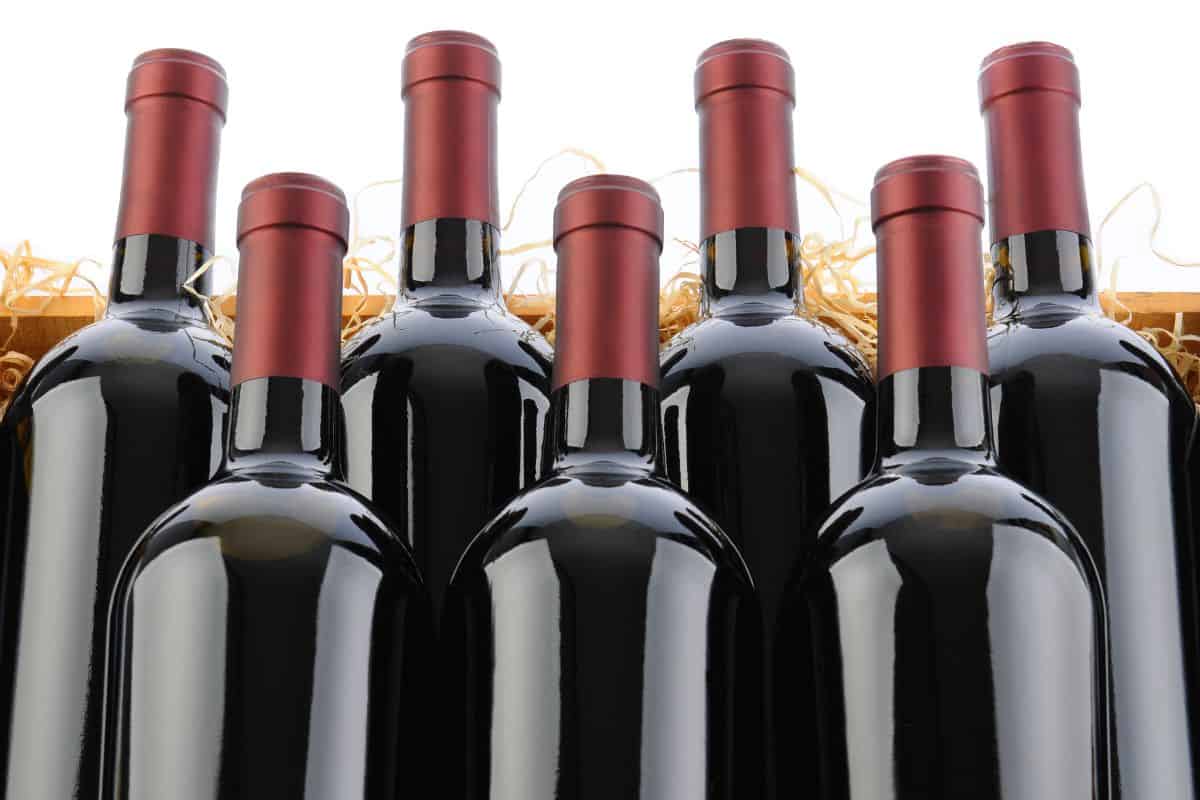Chardonnay is a low-maintenance wine that can handle a variety of climates and yields high yields. Wine drinkers love it, too.
Chardonnay is heavy and opulent, so it may not go down as easy as a Sauvignon or Pinot, but it has a strong, dedicated fan base worldwide.

Some describe Chardonnay as the red wine of whites. Although it’s low maintenance, it’s somewhat complex and mysterious.
With no overtly distinctive features to its taste, Chardonnay is highly adaptable, so winemakers are free to do as they please.
If you like a diverse wine that feels viscous in the mouth, Chardonnay is for you.
Because its flavor profile can be hard to pinpoint, you may be wondering, is Chardonnay sweet, dry, or both?
Keep reading to find out exactly how the wine of this glamorous grape tastes (and feels) in the mouth.
What Is Chardonnay?
Chardonnay is a type of white wine that derives from green-skinned grapes.
This particular variety of white wine stems from the Burgundy wine region of France.
Today, some of the most notable regions for chardonnay include California, Australia, England, Italy, Canada, Chablis, and the Champagne wine region.
The chardonnay grape can adapt easily to different climates, which is why it’s made far and wide across the world.
Chardonnay grapes will have a higher acidity in cooler climates than those in warmer regions.
Because Chardonnay is made in various climates, you may also find a range of different soil types and rootstocks.
Chardonnay wines from cooler climates will have citrusy and cream overtones.
The notes derived from the oaking process complement the overtones in a cool climate chardonnay wonderfully.
Chardonnay is made in a variety of styles. It can be a sparkling Blanc de Blanc, a creamy white, or a lean white.
Chardonnay is a cross between Pinot Noir and Gouais Blanc. Chardonnay has four main styles. These are:
Sweet
Sweet chardonnay is rare. This particular type of chardonnay is made using botrytized grapes.
Remember: sweet can mean different things to different people, so your regular Chardonnay may taste sweet in its own right without needing a specific sweet variety.
Sparkling
Sparkling chardonnay is called Blanc de Blancs. This is essentially champagne produced completely from white grapes – predominantly chardonnay.
Although Blanc de Blanc is technically champagne, most champagnes are made with a blend of chardonnay, pinot noir, and pinot meunier, making sparkling chardonnay or Blanc de Blanc a different type of champagne altogether.
Unoaked
Unoaked chardonnay is a chardonnay that has been fermented in stainless steel tanks, oxygen-free.
If you drink unoaked chardonnay, you’ll notice a stronger acidity (sometimes described as tangy) and a crisp and fresh texture.
Oaked
Oaked Chardonnay is oaked in new oak barrels.
When Chardonnay is aged in oak barrels rather than steel or plastic tanks, you’ll end up with a drink that boasts undertones of vanilla, oak, caramel, or butter.
Oaked Chardonnay is usually described as ‘toast’ or ‘vanilla.’
How Is Chardonnay Made?

Chardonnay is one of the most popular wines to make. Why? Well, in terms of taste, it can be described as something of a blank canvas.
Its taste isn’t as distinctive as other wines, such as Sauvignon Blanc, which leaves winemakers free to put their own spin on their technique and leave their own mark on their wine.
This is why the process for making Chardonnay can vary widely between winemakers.
Like all other wines, the Chardonnay-making process begins in the vineyard. Chardonnay grapes are then harvested, pressed, and fermented.
Most chardonnays are made in a dry style. So, after the grapes are pressed, all of the sugar from the grapes is converted into alcohol with yeast.
Once all of the sugar has been successfully converted, it becomes a dry wine.
Some winemakers will leave a small amount of residual sugar behind, creating that rare sweet chardonnay we discussed earlier.
Because chardonnay is usually made in a dry style, it’s usually stainless steel fermented or unoaked. This gives chardonnay its lean, crisp taste.
However, some varieties will be aged in oak barrels to give warmer undertones.
What Does Chardonnay Taste Like?
Chardonnay is a mirror of its location and climate – something we call a terroir wine.
This means that the chardonnay you drink may taste different depending on the climate it’s grown in.
For example, if you’re drinking chardonnay from a warmer climate, you may notice a tropical tang to its flavor.
If your chardonnay is from a cooler climate, it’s more likely to have a refreshing level of acidity that’s not too overpowering (remember that ‘blank canvas’ taste).
Chardonnay also tends to be medium to full-bodied with moderate acidity.
Its rich flavors aren’t unique to Chardonnay, though; as mentioned above, its flavor profile can swing according to climate.
Your chardonnay could taste anything from acidy and zesty to tropical or buttery.
Chardonnay: Dry Or Sweet?
Chardonnay is predominantly dry, and sweet varieties are rare.
Because there’s no residual sugar left in Chardonnay after fermentation, you can expect a drier taste in your mouth.
Like most other dry wines, Chardonnay has a high alcohol content (usually between 13.5 to 14.5%).
Chardonnays with the strongest alcohol content tend to come from Australia, Chile, and California.
Want to understand just how dry Chardonnay is? We’d recommend taste-testing it against a crisp Sauvignon, preferably one grown in a cooler climate.
You’ll find that the sauvignon tastes slightly more refreshing and less ‘heavy’ than the Chardonnay, which may leave you feeling a little weighted and dry-mouthed.
This applies to oaked and unoaked Chardonnays, but not sweet varieties with residual sugar.
Final Thoughts
Chardonnay grapes are arguably the most glamorous of them all. Chardonnay wine has a similar reputation.
This popular wine is found worldwide, and since it gained popularity in the 1980s, it’s become somewhat of a staple in bars, restaurants, and even our own wine fridges.
Chardonnay is predominantly dry.
Dry wines aren’t for everyone, but if you like something crisp, heavy, and full-bodied, a bottle of Chardonnay will go down a treat.
- How to Learn Wine Tasting: Essentials for Beginners - March 10, 2024
- How to Learn to Like Wine: Cultivating an Appreciation for the Vintner’s Art - March 10, 2024
- Thanksgiving Sangria: A Flavorful Twist to Your Holiday Table - August 27, 2023








